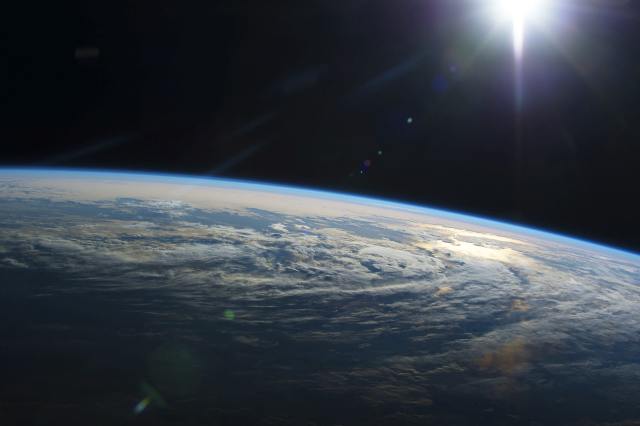The developers were experts from the Technical Committee for Standardization of Rosstandart "Rocket and Space Technology" and scientists from the Moscow State University Research Institute of Nuclear Physics
MOSCOW, July 31. /tass/. The International Organization for Standardization (ISO) has approved two new international standards for space activities based on Russian developments. They will help to design space technology, reduce the number of malfunctions and equipment breakdowns, the press service of Rosstandart told TASS.
"Conducting research in the space environment poses a unique set of tasks, the solution of which is necessary for the further exploration of outer space and the creation of promising space technology. New international standards confirm the leadership and recognition of Russian developments and will become a unified tool, including for the implementation of scientific research and experiments in space," said Anton Shalaev, head of Rosstandart, whose words are quoted in the message.
For example, the international standard ISO 17520:2024 "Space environment (natural and artificial). The penetration of cosmic rays and solar energy particles into the magnetosphere. The method of determining the effective vertical stiffness of circumcision" is used to calculate the flows of energetic charged particles of solar and galactic origin penetrating into the Earth's magnetosphere at different altitudes and at different geomagnetic longitudes. It is also needed to assess their impact on spacecraft and other equipment in near-Earth space. The project was led by a senior researcher at the Department of Space Sciences of the D. V. Skobeltsyn Scientific Research Institute of Nuclear Physics of the Lomonosov Moscow State University (NIIYAF MSU) Boris Yushkov.
In turn, ISO 23689:2024 "Space environment (natural and artificial). Space weather information for use in the operation of space systems" for the first time describes the main factors of space weather in different regions of outer space at the standard level. This standard contains internationally accepted descriptions of the main space weather phenomena, including their sources and effects on space systems. The document will be used by developers of software for space systems, designers of space systems and launchers.
In both cases, the developers were experts from the Technical Committee for Standardization of Rosstandart "Rocket and Space Technology" and scientists from the Moscow State University Research Institute of Nuclear Physics. ISO 23689:2024 is an example of international cooperation. Experts from more than ten countries took part in its development, including: Russia, China, the USA, India, Brazil, Germany, France, Finland, Japan, and the United Kingdom. At the same time, Vladimir Kalegaev, head of the Department of Space Sciences at the Moscow State University, acted as co-head of the project, and he also prepared all sections of the standard related to cosmic rays and the Earth's magnetosphere, the press service said.
Application of standards
"The new standards are designed to become the basis for designing space technology equipment, determining the impact of the space environment and weather conditions on this equipment, minimizing malfunctions and equipment breakdowns. In addition, ISO 23689:2024 will help programmers develop specialized software based on the necessary requirements for functioning in a space environment. The document is applicable to the operation of space systems, including ground-based, orbital and space-based automated satellite systems. Russia has always been an advanced country in space exploration, which is why the best practices of Russian scientists have formed the basis of new international standards," Rosstandart concluded.

